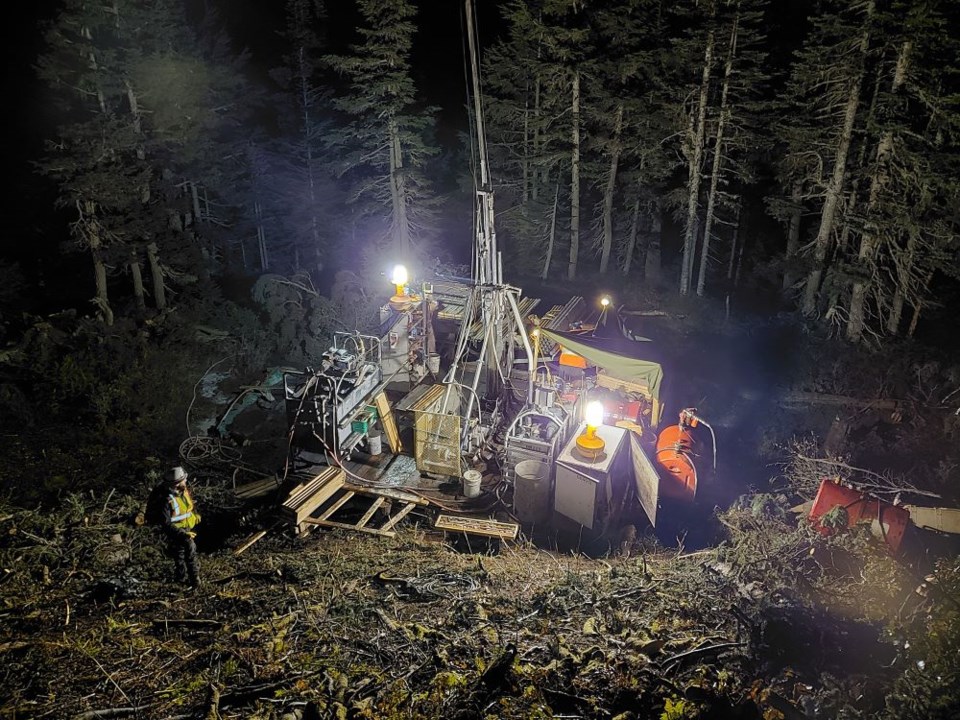Skeena Resources (TSX:SKE; NYSE:SKE) released the definitive feasibility study for its wholly owned Eskay Creek gold-silver project in the Golden Triangle of northwest British Columbia. The site of the former producer (1994 to 2008) looks to be a money-maker with preproduction capital costs of $713 million, an after-tax net present value of $2 billion, an after-tax internal rate of return of 43%, and a 1.2-year payback period.
In the first five years of operation, the new project will produce 455,000 oz. of gold annually. Production during the first 10 years will average 370,000 oz. annually. Mine life is projected to be 12 years; over this time, the all-in sustaining cost will be US$684 per oz. gold equivalent sold.
The Skeena engineers have increased the reserve estimate, remodelled the orebody based on a more selective mining approach, simplified the mill flowsheet, increased the grade and lowered the tonnage of concentrates produced, updated the capital costs, and relocated the camp.
Eskay Creek proven and probable reserves are 39.8 million tonnes grading 2.6 g/t gold and 68.7 g/t silver. In terms of contained ounces, the numbers are 4.6 million oz. gold, 88 million oz. silver, or 4.6 million oz. gold equivalent.
The measured and indicated resource is 50.1 million tonnes grading 2.6 g/t gold and 63 g/t silver, containing 4.1 million oz. gold, 101.4 million oz. silver, or 5.5 million oz. gold equivalent.
An open pit mine with conventional equipment is planned. Designs have been developed for two pits (North and South). The North pit will be mined in 10 phases and the South pit as a single phase. By reducing the resource model block size to 5x5x5 metres from 10x10x10 metres, Skeena will be able to mine selectively and better control dilution.
The flowsheet for the processing plant is simpler and de-risked from that which was developed for the 2022 feasibility study. It will have a throughput capacity of 3 million t/y upon startup. Expansion in year five will boost throughput to 3.5 million t/y. The grinding circuit will include an 8.5x4.9-metre semi-autogenous grinding (SAG) mill, a 6.4x9.8-metre ball mill, and a tertiary stirred mill.
Ore will be ground to 80% passing 10 microns then pass through a flotation circuit to produce a combined gold-silver concentrate. The final product will be thickened, filtered, and dried (if necessary) and trucked to a nearby port for transport to third-party smelters worldwide.
Tailings, potentially acid-generating rock, and site contact water will be stored in the existing, permitted tailings facility. Non-acid-generating waste rock will be stored separately.
Skeena estimates that pre-production capital costs will total $713 million, followed by $561 million in sustaining costs and $175 million in closure costs.




